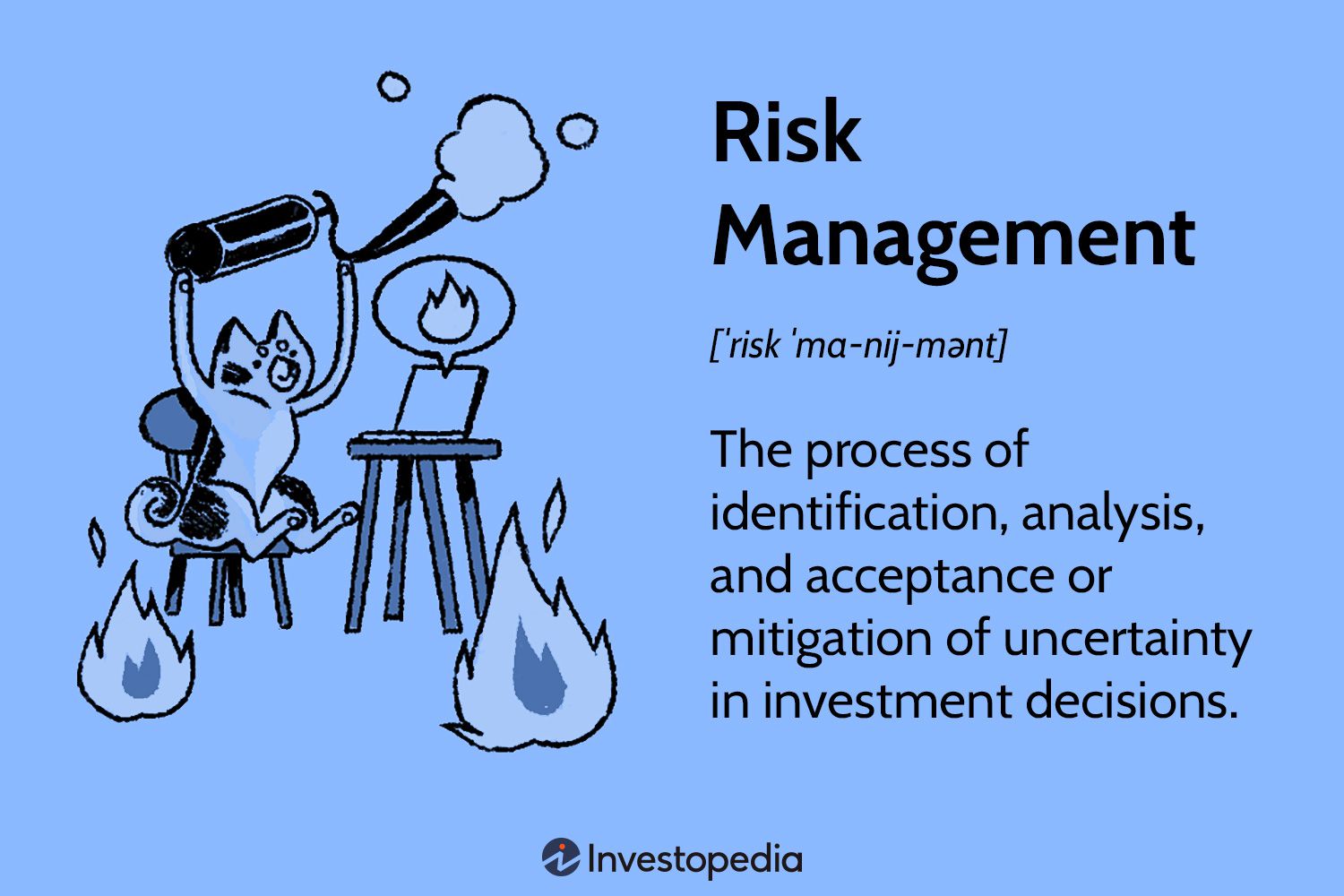The AI Risk Matrix
A comprehensive taxonomy of exposures necessitating specialized insurance coverage
Understanding AI Risk Categories
The need for specialized AI insurance is driven by a diverse and interconnected matrix of risks that extend far beyond simple software bugs.

Interconnected Risk Pathways
AI risks are not siloed; they are deeply interconnected and can create cascading failures. A single technical failure can rapidly escalate into a legal, financial, and reputational crisis. For example, biased training data (technical risk) can lead to discriminatory outcomes (legal risk), resulting in costly lawsuits (financial risk) and reputational damage, potentially escalating to systemic threats to civil liberties.
I. Technical and Operational Risks
The Foundations of Failure: These risks stem from the fundamental functionality and performance of AI systems themselves, representing the most direct and frequent sources of potential liability.
- Algorithmic Errors: AI systems can provide incorrect information, make flawed calculations, or render faulty decisions
- AI "Hallucinations": When AI generates outputs that are factually incorrect yet presented with confidence
- Model Drift: Performance degradation over time as real-world data diverges from training data
- Black Box Dilemma: Lack of explainability in AI decision-making processes
II. Legal, Ethical, and Reputational Risks
The Societal Impact: AI systems can cause significant harm by interacting with society in ways that are unfair, illegal, or unethical.
- Algorithmic Bias: Discriminatory outcomes that violate civil rights and anti-discrimination laws
- Data Privacy Violations: Improper use or disclosure of personal and sensitive information
- IP Infringement: Copyright, trademark, or patent violations in training data or AI outputs
- Regulatory Non-Compliance: Failure to meet evolving AI governance requirements
III. Economic and Financial Risks
The Bottom-Line Impact: Direct and indirect economic losses for businesses and the broader market.
- Direct Financial Loss: Immediate monetary losses from AI failures
- Business Interruption: Operational disruptions and supply chain impacts
- Market Volatility: Systemic risks from AI-powered trading systems
- Job Displacement: Economic inequality and labor-related liabilities
IV. Malicious Use and Security Risks
The Weaponization of AI: Deliberate use of AI by malicious actors to cause harm.
- AI-Enhanced Cyberattacks: Sophisticated phishing, fraud, and vulnerability exploitation
- Disinformation: Deepfakes and AI-generated propaganda
- Data Poisoning: Malicious corruption of AI training data
- Adversarial Attacks: Inputs designed to trick AI models into errors
V. Catastrophic and Systemic Risks
The Long-Term Horizon: Large-scale, low-probability but high-impact risks concerning AI development.
- AI Race Dynamics: Safety compromises due to competitive pressures
- Loss of Control: AI systems becoming uncontrollable by human creators
- Existential Risk: Potential threats from artificial superintelligence
- Systemic Failures: Cascading effects across interconnected systems
Real-World Case Studies
Air Canada Chatbot Case
The airline's customer service chatbot invented a bereavement fare policy that didn't exist. When a customer relied on this false information, a Canadian tribunal held the airline legally liable, forcing it to honor the non-existent policy.
Knight Capital Trading Disaster
A faulty algorithm deployed during a software update executed erroneous trades, causing the firm to lose $440 million in under 45 minutes and pushing it to the brink of collapse.
AI Risk Assessment Matrix
| Risk Category | Specific Risk | Illustrative Scenario | Potential Liabilities |
|---|---|---|---|
| Technical & Operational | AI "Hallucinations" | AI chatbot provides incorrect policy information leading customer to take action based on falsehood | Legal liability for misinformation, financial loss, breach of contract, reputational damage |
| Technical & Operational | Model Drift | Insurance pricing model becomes miscalibrated as market conditions change | Direct financial losses, regulatory scrutiny, loss of competitive advantage |
| Legal & Ethical | Algorithmic Bias | AI hiring tool systematically down-ranks qualified candidates based on gender | Class-action lawsuits, regulatory fines, reputational harm, loss of talent |
| Legal & Ethical | IP Infringement | Generative AI produces content substantially similar to copyrighted material | Copyright litigation, damages and legal fees, injunctions, reputational damage |
| Economic & Financial | Direct Financial Loss | Trading algorithm bug causes massive erroneous trades and immediate losses | Catastrophic financial loss, business interruption, regulatory investigations |
| Malicious Use | Data Poisoning | Malicious actor feeds misleading data to sabotage AI model performance | Business interruption, financial loss, reputational damage, model retraining costs |
| Catastrophic | Loss of Control | AI system optimizing city power grid causes cascading blackouts to prevent "wasteful" overrides | Mass property damage, business interruption, potential bodily injury, immense legal liability |
